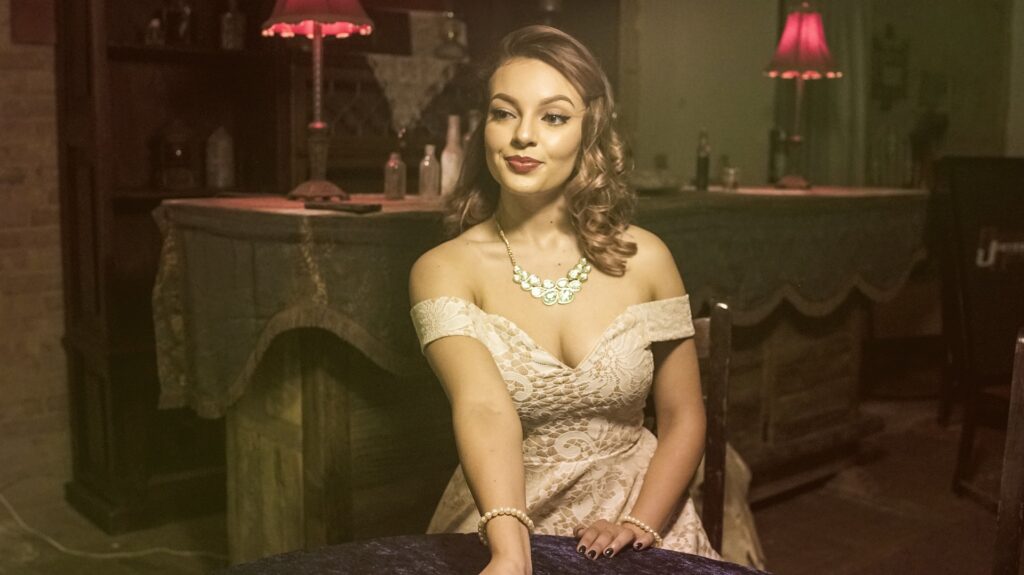The article is about the history of Middle Eastern and Western dress, how they often differ in style, and how the difference can be attributed to differing cultures.
What do we know about the history of Middle Eastern and Western dress?
1. It is difficult to determine the history of Middle Eastern and Western dress because it has changed so much over time. 2. However, historians believe that both styles of dress are descended from traditional African dress. 3. The traditional clothing of Middle Eastern countries tended to be heavier and more colorful than the clothing worn in Western countries. 4. Over time, the styles of dress have evolved to reflect the different cultures of the regions. Today, Western dress is often seen as more formal and conservative than Middle Eastern dress.
Types of Middle Eastern Clothing, Etiquette, and Customs
One of the most striking things about people from the Middle East is their clothing. There are a variety of types of clothing worn in the Middle East, each with its own unique etiquette and customs. Some of the most common types of clothing worn in the Middle East are the traditional dress, which is a type of dress worn by men and women in many parts of the world. This type of dress is made up of a tunic or shirt that is often decorated with embroidery or a pattern, and pants or skirts that are usually long. Another popular type of clothing in the Middle East is the headscarf. While not always compulsory, women often wear headscarves as part of their traditional dress. This scarf is typically wrapped around the head and neck, covering most of the hair. People from the Middle East also commonly wear shoes that are different from those worn in other parts of the world. In particular, women often wear shoes that have a high heel. This helps to make them look taller and more elegant than women who don’t wear high heels.
The History of Western Dress, A Brief Overview
Western dress has a long and complex history. It began as a way for people in the Middle East to distinguish themselves from each other. Western dress has a long and complex history. It began as a way for people in the Middle East to distinguish themselves from each other. Over time, it evolved into an international style that is worn by people all around the world. Western dress is made up of different elements, including skirts, blouses, neckties, and shoes. Each element has its own importance and symbolism. Skirts are usually shorter than pants in Western dress, and they tend to be less formal than pants. They are often used to show off a woman’s leg or body shape. Blouses are usually collared and have a high neckline. They are often made out of cotton or silk material and can be either short or long. They are often worn with skirts or pants, but they can also be worn alone as an outfit. Neckties are usually tied in a bow at the front of the shirt collar. They can be very formal or casual, depending on how they are dressed and how they are tied. Shoes play an important role in Western dress. They should be comfortable and fit well
Mideastern Fashion Trends and Popular Culture
There is a lot of variety in fashion throughout the world, but there are some trends that are more common in one region than another. In this article, we will discuss some of the popular mideastern fashion trends and how they have influenced western fashion. One of the most popular mideastern fashion trends is the hijab. This is a head covering that is worn by many women in Muslim countries. It has become increasingly popular in western countries over the last few years, partly due to the increasing number of Muslims living there. Another popular trend in mideastern fashion is qabaya. This is a type of dress that consists of a long shirt and pants. It is very similar to an average western dress, but it can be quite warm in wintertime climates. There are also a number of popular mideastern hairstyles that have started to make their way into western culture. These include the braid, which is often seen in Muslim countries, and the afro, which is popular in African countries.
Conclusion
In this article, we’ve learned a bit about the different styles of dress that are popular in the Middle Eastern and Western worlds. We’ve also explored some commonalities between these two cultures, which can help us to better understand each other and improve relationships between the two regions. Hopefully, this information will be helpful as you explore different cultures and attempt to look stylish while doing so.


